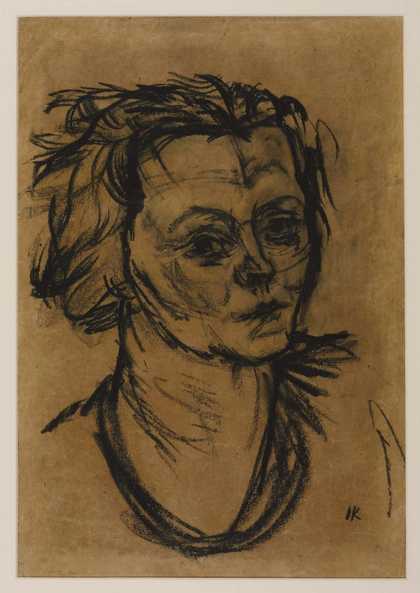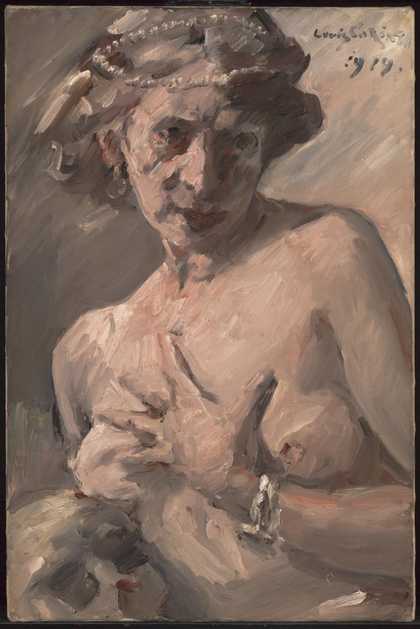
Oskar Kokoschka
Dr Fannina W. Halle (c.1910–12)
Tate

Lovis Corinth
Magdalen with Pearls in her Hair (1919)
Tate

Ernst Barlach
The Avenger (1914, later cast)
Tate
The word is originally German and its earliest appearance seems to be in the name of the Munich Secession group formed in 1892. In the same year this was followed by the Berliner Secession, led by Max Liebermann and later Lovis Corinth, and in 1913 by the Freie Secession in which Max Beckmann and Ernst Barlach were involved.
The most famous secession group is the Vereinigung bildener Künstler Oesterreichs (Secession) founded in 1897 and generally known simply as the Vienna Secession. It was led by one of the greatest of all symbolist painters, Gustav Klimt. In 1898 the Secession commissioned the architect Joseph Olbrich to build an exhibition hall. The result is a masterpiece of art nouveau architecture that remains one of the gems of Vienna. It also contains Klimt’s great mural the Beethoven Frieze. Over the following years the Vienna Secession held a series of exhibitions (several a year) that brought together a roll call of the international avant-garde. There was a particular emphasis on architecture and design, and the Vienna Secession played a major part in the broader art nouveau movement and the beginnings of modern design. In 1903 a design company was founded called the Wiener Werkstätte (Vienna Workshops), inspired by the English Arts and Crafts movement. Its products are now museum pieces. Later major artists associated with the Vienna Secession include Egon Schiele and Oskar Kokoschka two of the great pioneers of expressionism.
